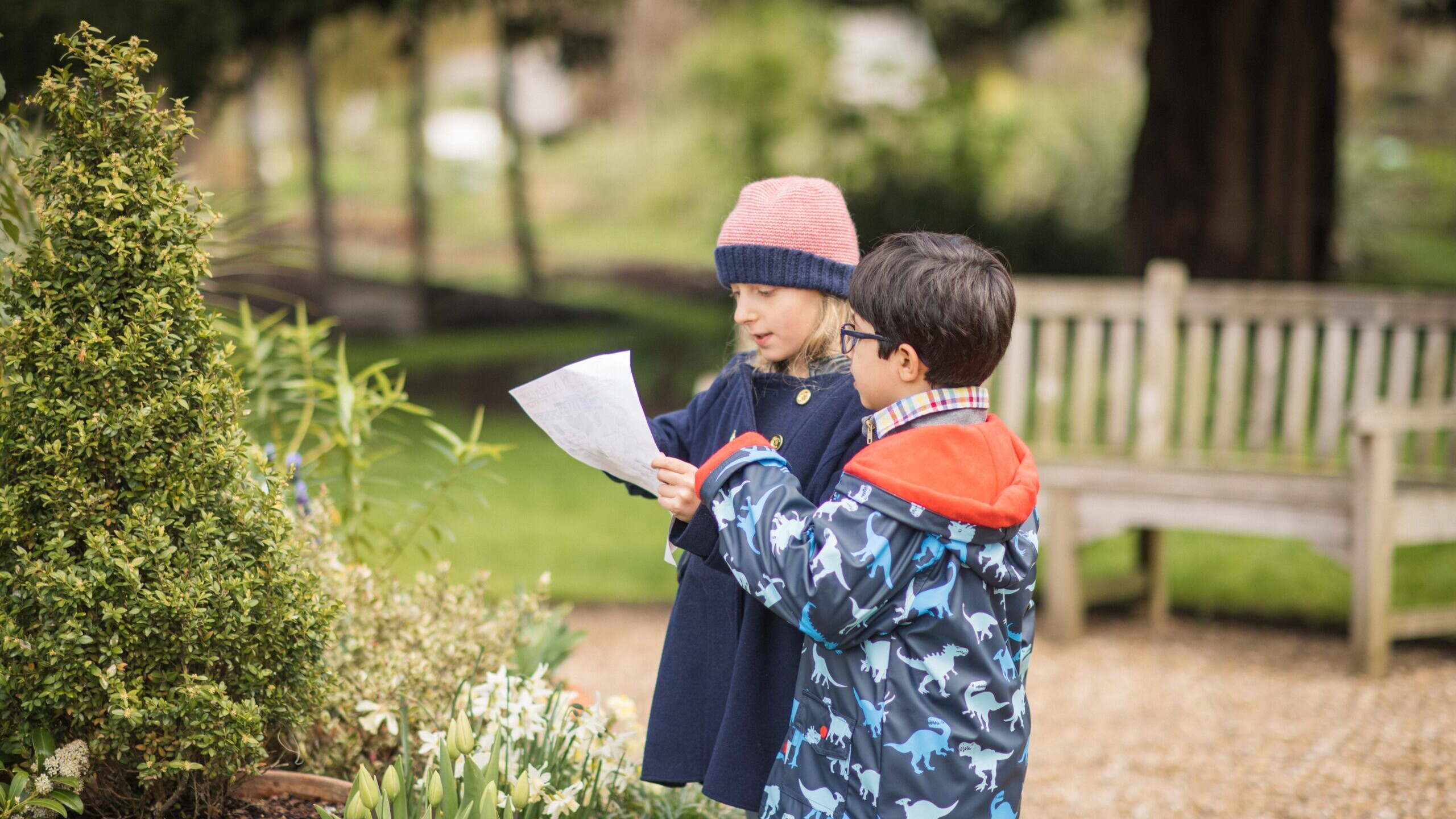Plant Hunters
Students will be introduced to Chelsea Physic Garden and plant hunters of the past. They will discuss the skills and equipment needed to be a successful plant hunter. They will practice these skills by exploring the garden and observing plants from different continents and a variety of environments (marsh, woodland, tropical, mountain and desert environments). Students will look for examples of useful plants and talk about how we use plants today. They will collect parts of plants from around the garden and then classify and record their findings.
Activities include opportunities to work scientifically and observe, explore, collect, describe, classify and record plants in the garden.
Learning Outcomes
- Understand and describe parts of a plant
- Consider why people study plants
- Discuss how plants are used by humans
- Identify plants in the garden
- Identify food that comes from plants
- Identify examples of adaptations
- Develop scientific enquiry skills
- Be able to classify parts of plants
- Think of ways to record their collections
National Curriculum Links
Students will be working scientifically during their visit with lots of opportunity for questions and discussion. They will also cover aspects of the following units from the National Curriculum for Science:
Sc KS1 identify and name a variety of plants in their habitats, including microhabitats
Sc KS1 identify and describe the basic structure of a variety of common flowering plants, including trees
Sc KS1 identify that most living things live in habitats to which they are suited and describe how different habitats provide for the basic needs of different kinds of plants and how they depend on each other
Sc KS1 find out and describe how plants need water, light and a suitable temperature to grow and stay healthy
Sc KS2 identify and describe the functions of different parts of flowering plants: roots, stem/trunk, leaves and flowers
Sc KS2 explore the requirements of plants for life and growth (air, light, water, nutrients from soil, and room to grow) and how they vary from plant to plant.

